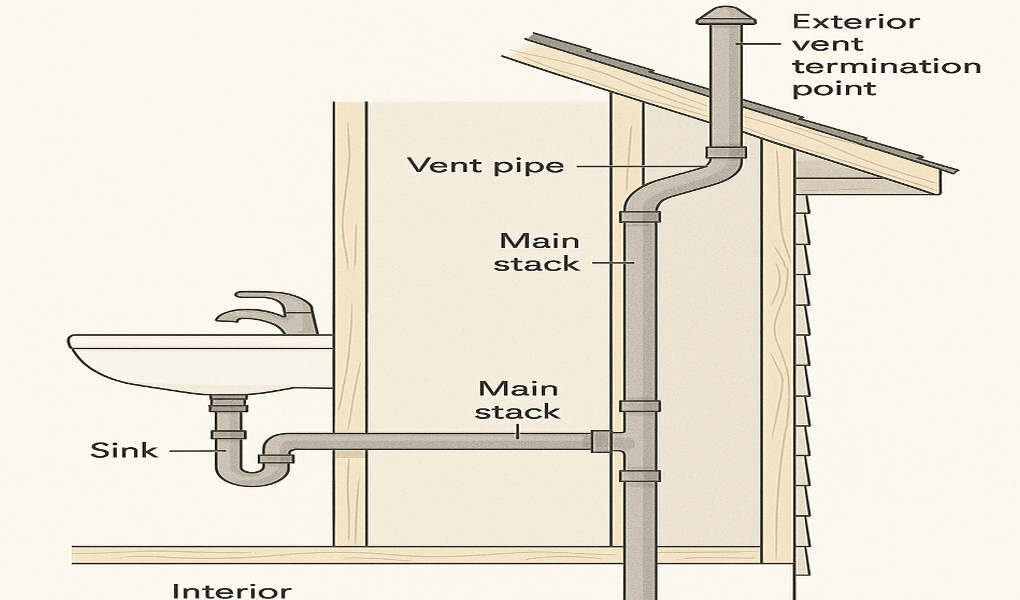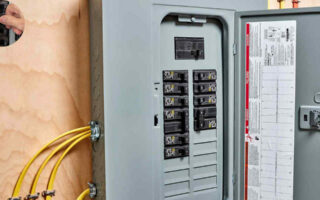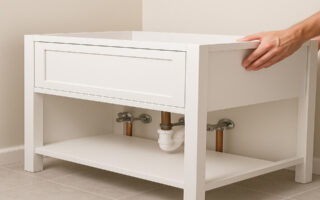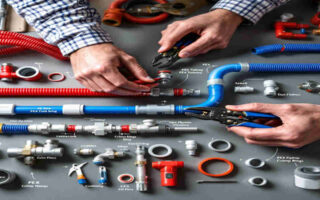Plumbing systems are the unsung heroes of every home, ensuring that water flows and waste is efficiently removed. However, what happens behind the scenes—like venting—is critical to the system’s functionality. Without proper venting, plumbing systems can malfunction, causing unpleasant odors, slow drainage, or even dangerous sewer gas leaks.
Understanding Plumbing Venting: The Basics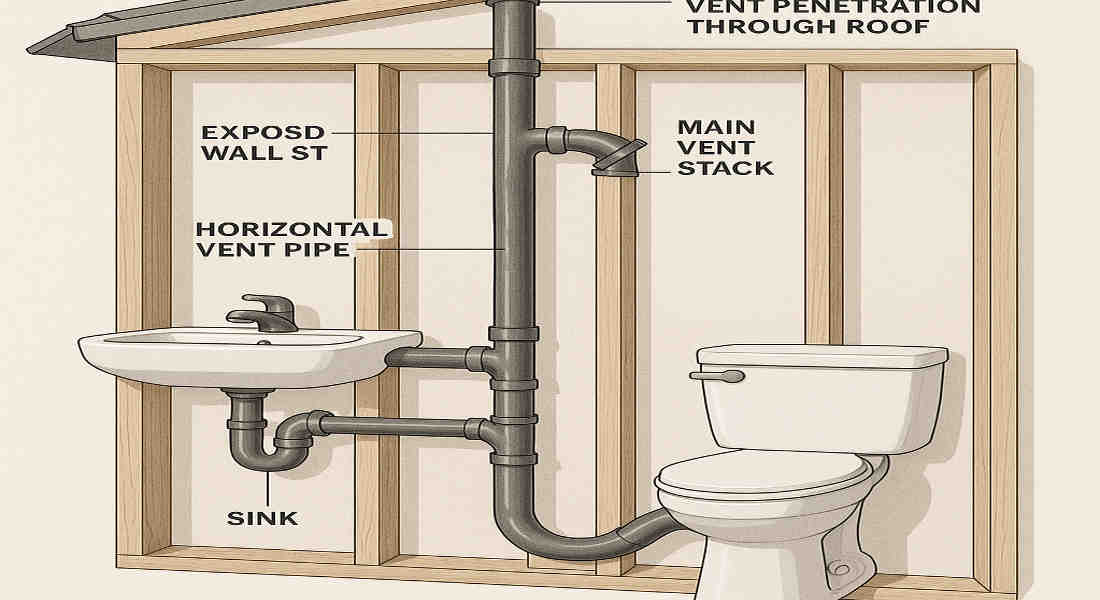
Before we dig into wall venting, it’s essential to understand what plumbing venting is and why it’s so important.
What Is Plumbing Venting?
Plumbing venting is a system of pipes that regulate air pressure in your plumbing system. It does two critical things:
- Prevents Sewer Gases from Entering Your Home: Vents direct harmful gases outside, keeping your living spaces safe and odor-free.
- Supports Proper Drainage: By equalizing air pressure, vents allow water to flow freely through your pipes without creating blockages or suction issues.
How Venting Works
When you flush a toilet or drain your sink, the water creates a vacuum or negative air pressure in the pipes. Vent pipes introduce air into the system, breaking the vacuum and allowing waste to move smoothly. Without vents, you’d face gurgling drains, slow water flow, and even harmful sewer gas leaks.
Traditional Roof Vents vs. Wall Vents
- Roof Vents: The most common venting method. Pipes extend through the roof, releasing sewer gases high into the air.
- Wall Vents: An alternative where vents exit through a wall instead of the roof.
Both methods achieve the same goal, but wall venting is often considered for specific scenarios, which we’ll explore later.
Can You Vent Home Plumbing Through a Wall?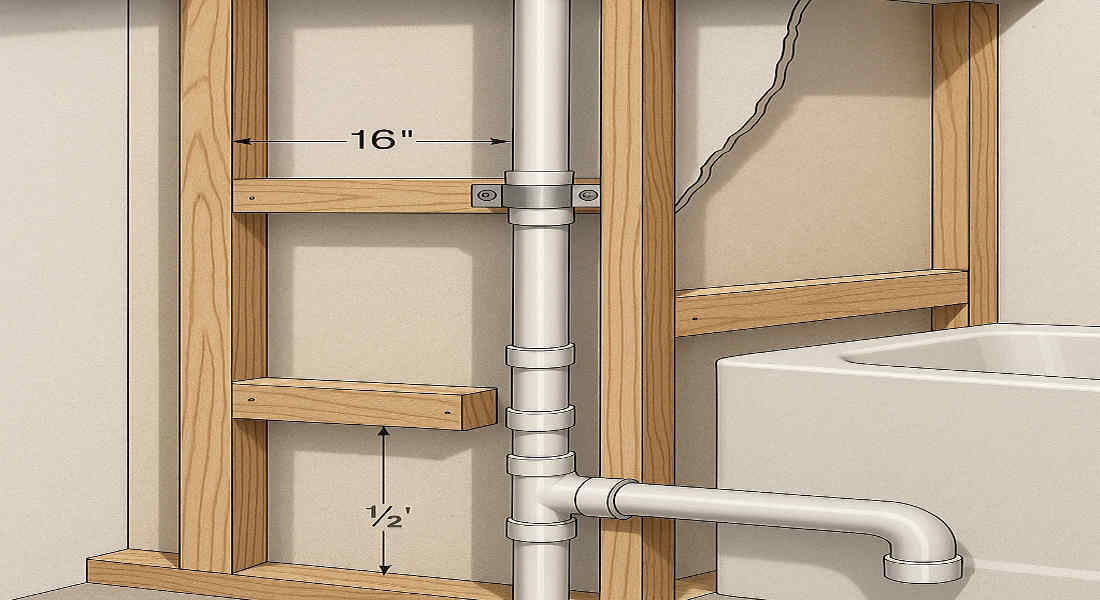
The simple answer is yes, you can vent home plumbing through a wall. However, it’s not as straightforward as just cutting a hole and running a pipe. Let’s break it down.
You may also read (transform your home with pex plumbing solutions).
When Is Wall Venting Necessary?
Wall venting becomes a practical choice in these scenarios:
- Architectural Constraints: If your home’s design makes roof venting impractical or impossible (e.g., no attic or flat roof).
- Remodeling Projects: When you’re retrofitting an older home or adding new fixtures, wall venting may be easier than altering the roof.
- Cost Considerations: Wall venting can sometimes be more affordable as it avoids roof penetrations and complex installations.
Wall Venting vs. Roof Venting
Here’s a quick comparison:
Aspect Wall Venting Roof Venting
Installation Ease: Easier in remodels, with no roof penetration required. Traditional methods may require roof work.
Weather Exposure: More exposed to weather, needs good sealing Less exposed, naturally protected by a roof.
Code Restrictions: May have additional restrictions, varying by location —widely accepted and standard.
Maintenance Easier access for repairs Harder to access roof vents
Aesthetic Impact Visible on exterior walls Less visible blends with the roofline
While wall venting is possible, it requires careful planning to meet building codes and ensure optimal efficiency.
Regulatory and Code Considerations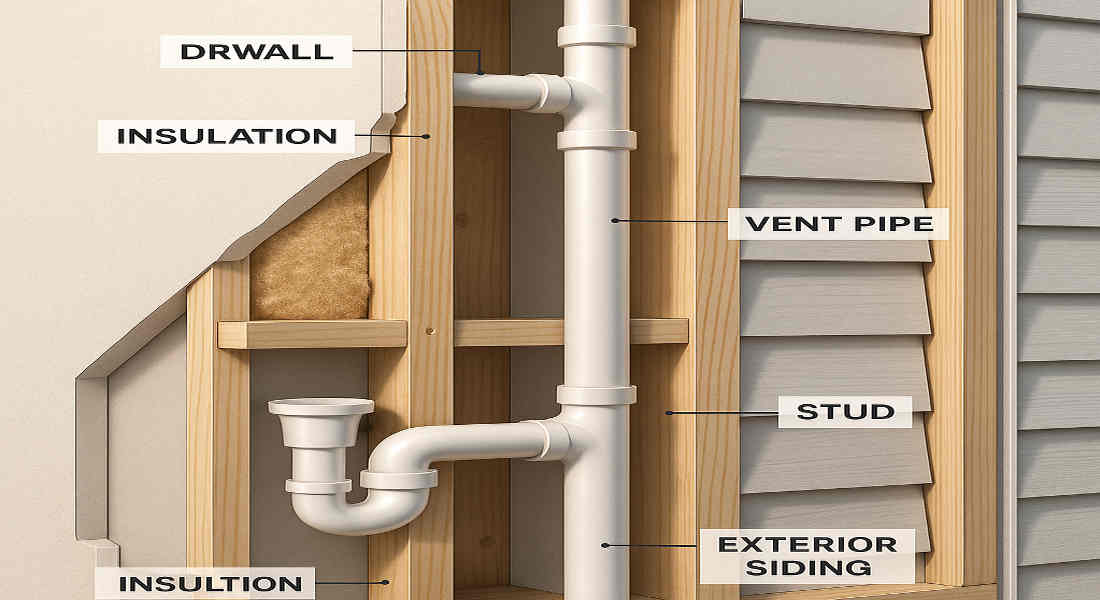
The most critical aspect of venting through a wall is compliance with plumbing codes. Here’s what you need to know:
Plumbing Codes and Standards
Plumbing codes, such as the International Plumbing Code (IPC) and local regulations, dictate how and where vents can be installed. These codes ensure safety and efficiency.
- Pipe Diameter: Wall vents must meet minimum diameter requirements based on your plumbing system.
- Placement Rules: Vents must be positioned a certain distance from windows, doors, and other air intakes to prevent the re-entry of sewer gas.
Permits and Inspections
Before starting your project:
- Obtain the necessary permits from your local building authority.
- Schedule inspections to ensure your work complies with safety standards.
Planning Your Wall Venting System
Proper planning is key to the success of your wall venting project.
Choosing the Right Location
- Avoid Proximity to Openings: Place the vent pipe at least 10 feet from windows or doors.
- Consider Your Neighbors: Ensure the vent doesn’t direct sewer gases toward neighboring properties.
- Accessibility: Select a location that facilitates easy maintenance.
Selecting the Right Tools and Materials
Here’s what you’ll need:
- Vent Pipes: PVC or ABS pipes of the correct diameter.
- Vent Cap: To protect the pipe from debris, pests, and weather.
- Sealants and Clamps: To secure the pipe and prevent leaks.
- Drilling Tools: Use hole saws or drills that are suitable for your wall material (e.g., wood, brick, concrete).
You may also read (the impact of cleanliness on home appraisal value).
Step-by-Step Guide to Installing a Wall Vent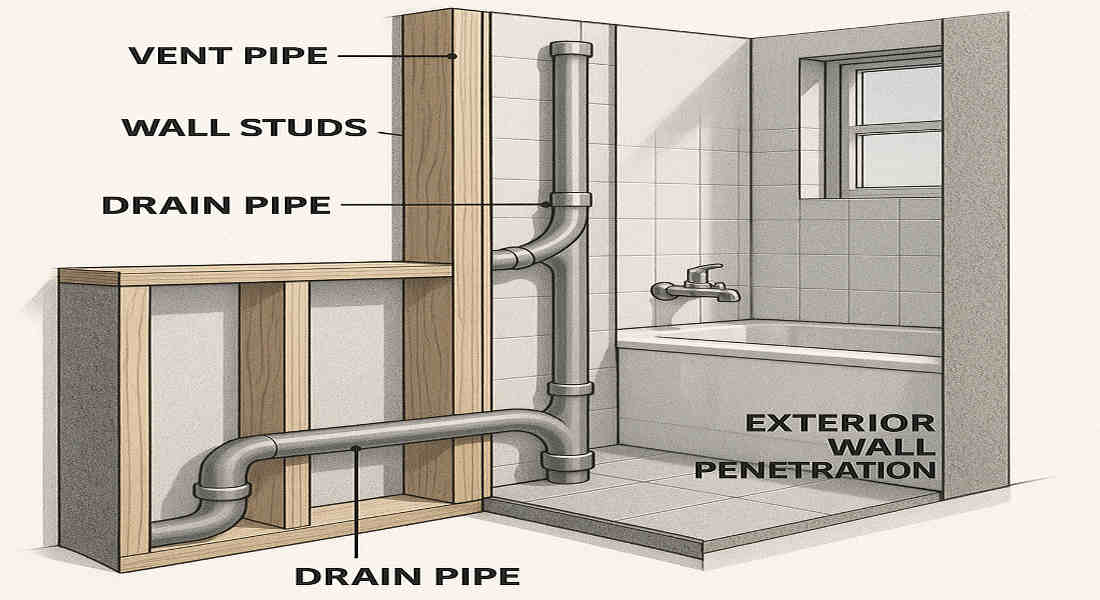
Mark the Wall
- Identify the entry and exit points for the vent pipe.
- Use a level and measuring tape to ensure accuracy.
Drill the Hole
- Drill a hole through the wall carefully, taking into account the type of material.
- Ensure the hole is slightly larger than the pipe to allow for adjustments.
Install the Vent Pipe
- Insert the pipe through the hole.
- Secure it with clamps and screws to prevent movement.
Seal the Pipe
- Use caulk or sealant to seal gaps around the pipe.
- This prevents air leaks, moisture intrusion, and pest entry.
Attach the Vent Cap
- Install the exterior vent cap to protect the vent from debris and weather.
- Ensure it’s securely fastened.
Final Touches
- Trim any excess pipe.
- Check for leaks and ensure the vent pipe is sloped downward toward the exterior.
Common Challenges and Troubleshooting Tips
Even with careful planning, issues can arise. Here are some tips:
- Pipe Vibration: Secure pipes tightly to prevent noise during use.
- Blockages: Regularly inspect and clean the vent pipe to avoid obstructions.
- Improper Slope: Ensure the pipe slopes correctly to prevent condensation buildup.
- Multiple Vents: If using various vents, consider combining them into a single wall penetration for a cleaner look.
Maintenance Best Practices
Wall vent systems require regular care to stay functional.
- Inspect Periodically: Look for cracks, leaks, or signs of wear.
- Clean the Vent Cap: Remove debris or pest nests from the vent opening.
- Check Seals: Reapply caulk or sealant as needed to maintain a weatherproof seal.
- Professional Help: Call a plumber if you notice persistent issues or need significant repairs.
When to Consult a Professional
While DIY venting projects are possible, some situations call for expert help:
- Complex Systems: If your plumbing system involves multiple fixtures or venting points.
- Code Compliance: When unsure about regulations or permits.
- Gas Appliances: Venting gas appliances requires specialized knowledge to ensure safety.
- Long-Term Reliability: A professional installation minimizes the risk of costly mistakes.
You may also read (navigating nyc plumbing license free home repairs).

